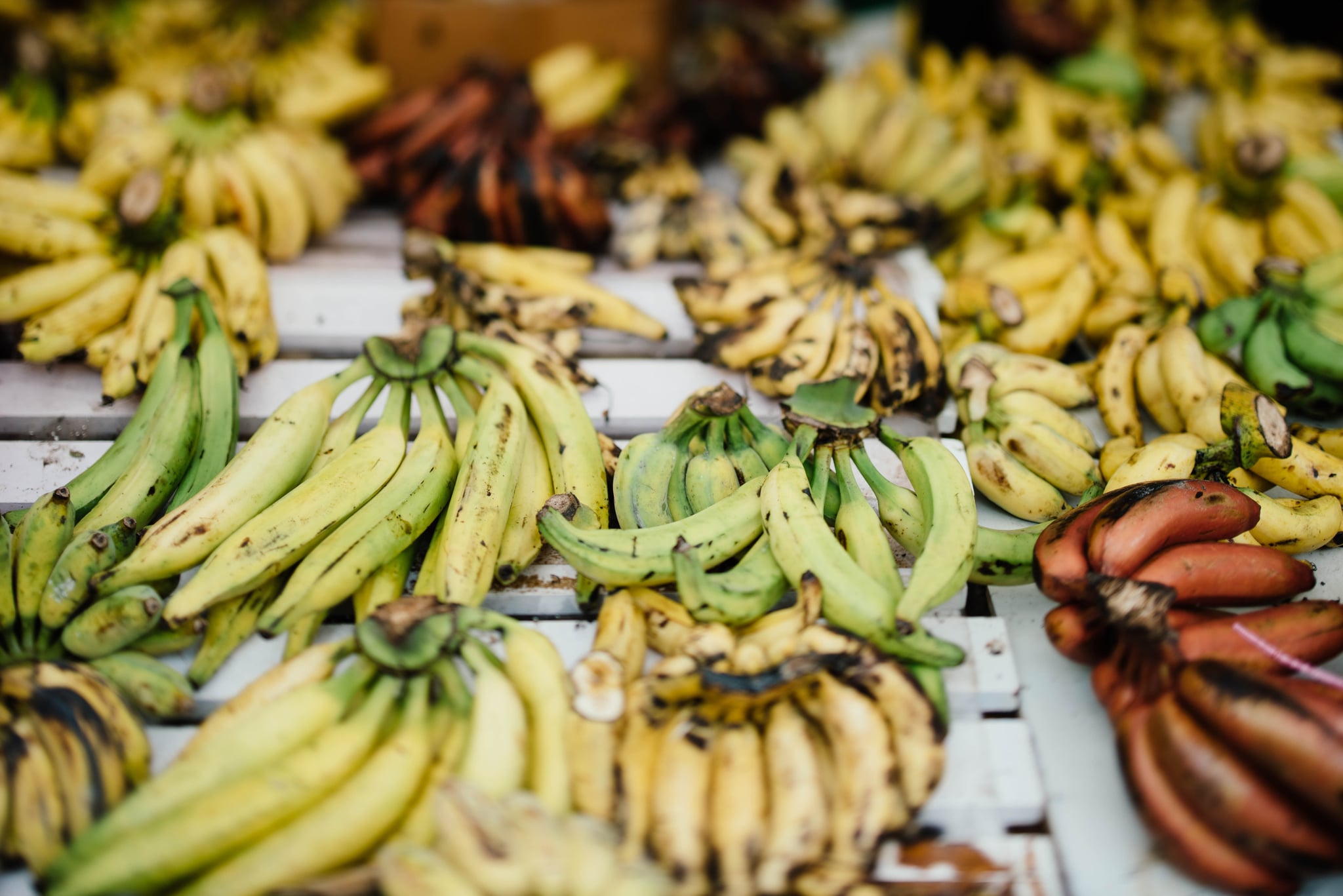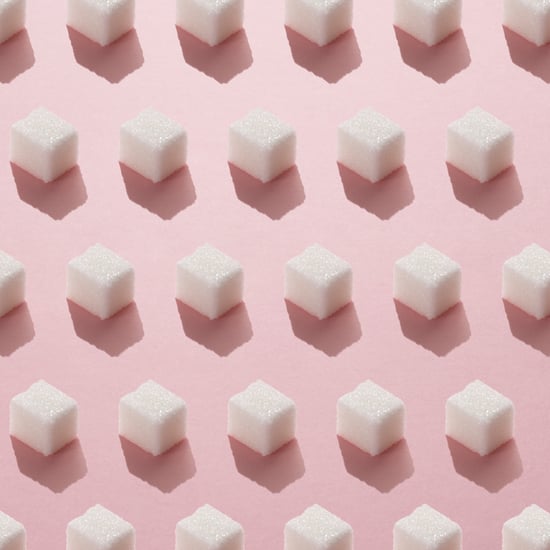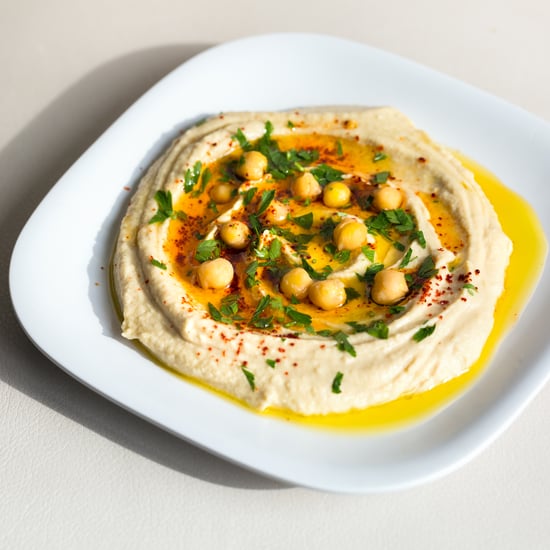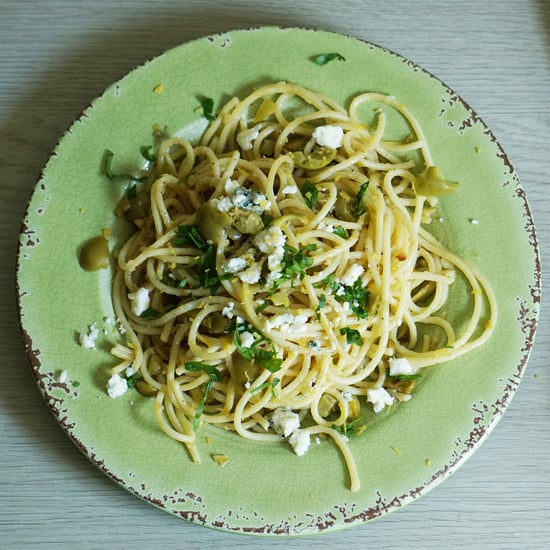What Is Plantain Pasta?
If You're Avoiding Grains, You're Going to Want to Try Plantain Pasta

It's safe to say that in this past year, veggies have been gaining the spotlight they truly deserve. People are taking cauliflower and broccoli and turning it into fried rice and pizza. What once was a courgette or carrot is now transforming into a creamy and tasty pasta dinner. The best part about these substitutes is that you can't help but love them. Even though the texture may be different than what you are used to, the flavour will still be on point for your taste buds if you cook up a great dish with the pasta veggies.
Originally, courgette noodles and cauliflower bread popped up with the rise of the keto diet. These are great low-carb versions of your favourite foods that made keto a lot more flexible in the types of meals you can have. Whether you're gluten-intolerant, on the keto diet, or you try to avoid grains, veggie substitutes are perfect for anybody just trying to increase their veggie intake. And now there's a new veggie in town joining the party, and it's plantains!
Think of plantains as banana's starchier sister except that they can't be eaten raw and it's not a fruit. This vegetable is a huge staple of the cuisine in Central America and the Caribbean. They can be fried, steamed, baked, eaten with stew, or even served as a dessert. The possibilities are endless! You could even spiralize it into noodles or slice it into lasagna and make pasta from plantains.
How to Prepare It
First and most importantly, when you're shopping for plantains, you should know that there are two types — green and yellow. For pasta, it's ideal to go for the green ones because they have a more neutral taste than the yellow ones, which tend to be sweeter.
Now there are many ways that you can prepare it, but the easiest method is to use a potato ricer. All you need to do is first split the peel of the plantain by running a knife through it without taking the skin off. Then just cut each plantain into three pieces, and boil for 10 minutes. Allow them to cool and take off the peel.
Next up, in a large bowl, mash the plantains until there are no clumps. You can also throw them into a food processor to speed up this step. Once you have that, knead the mash until it slowly turns elastic as if you're working with dough. Then, you just push the dough through a rice cooker and turn noodles out instantly.
There's also the option to use a spiralizer if a ricer is not available. If you're opting for lasagna instead of noodles, skip all the steps above. All you've got to do is peel off the skin and slice horizontally to make around five thin slices. Then just fry them until lightly brown and you have "lasagna sheets."
What Does Its Nutrition Look Like?
When you think of a plantain's nutrition, just picture a potato. It doesn't contain any protein or fat, but it's filled with around 45 to 50 grams of carbohydrates. They're high in fibre and easy to digest. The main difference between plantains and potatoes is that they are rich in vitamins and minerals like vitamin A, C, B6, magnesium, and potassium. Since they are filled with complex carbs and antioxidants, plantains are a great addition to any diet to have a healthy heart, good digestion, and to control weight.
How Does It Compare to Other Veggie Noodles?
In comparison to courgette noodles, carrot noodles, and spaghetti squash, these are a lot higher in carbohydrates and calories. Also, plantain noodles are a lot more starchy so that makes them more pasta-like. Other veggies like courgette have higher water content so they can get a bit mushy if cooked for too long. If you're looking for a veggie pasta option that is more nutrient dense, plantains should be your go-to. As long as you have a great sauce to go with it, you can't go wrong with this pasta!







